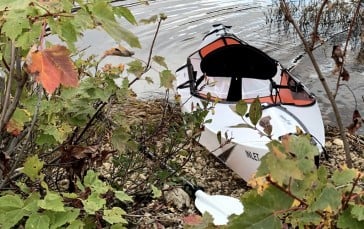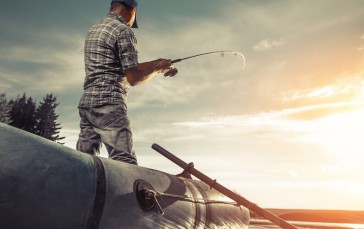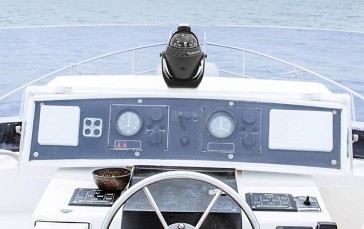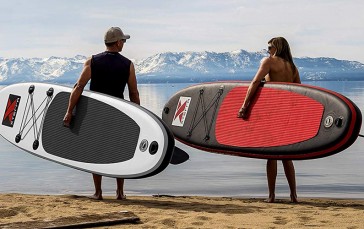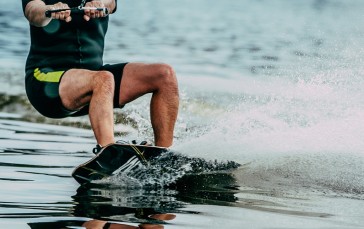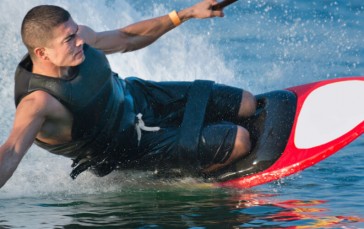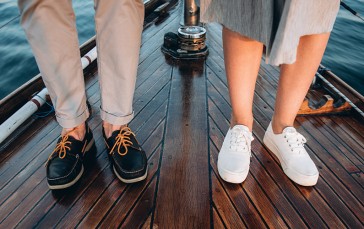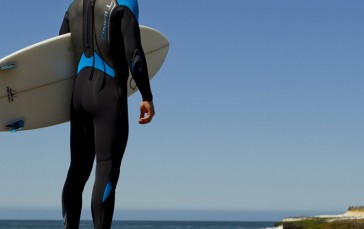What Makes A Good Kayak?
Whether you’re a fan of thrill-seeking and adventure or not, you should try to experience riding on a kayak at least once in your life. It may look like all kayaks are one and the same in the eyes of a casual observer. However, they will later find out that there are actually many variations to these boats. From the style to the shape of the hull, there are so many things that can differ between any two kayaks. If you’re looking to purchase a kayak, this article could hopefully guide you in selecting one that is the perfect fit for you.
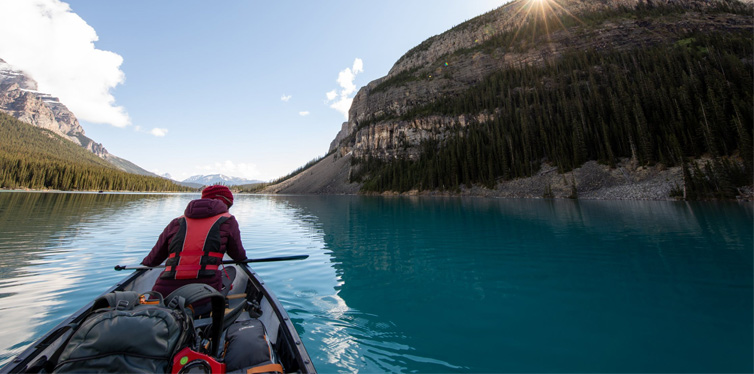
The Two Main Types Of Kayaks
There are two primary types of kayaks, namely the sit-in and sit-on-top varieties. Deciding which one to get is the first major step in purchasing a kayak. Your choices will get pretty narrowed down after this. Sit-in kayaks are the more traditional type and the one that you will most probably picture in your mind when you think of a kayak. Sit-in kayaks come with an interior seat that is made to provide comfort to the user. This built-in seat could also help shield you against the elements. You could even add a “spray skirt” to be more protected against wind and water. This type of kayak is perfect for colder climates.
Don’t let their appearance fool you, sit-in kayaks are actually pretty roomy. They usually have more storage space compared to their sit-on-top counterpart. More often than not, they also come with foot braces that provide the rider with some additional stability. Sit-in kayaks can be further divided into three categories.
First we have the recreational kind of sit-in kayaks, which have a larger seating area but are also wider and much shorter. These are usually only nine to 12 feet in length. There are also sea kayaks that are faster and could be used in a variety of scenarios. Lastly, there are touring kayaks, which come in at around 12 to 15 feet in length. These combine the benefits of the two previous types of sit-in kayaks mentioned.
If you are a beginning kayaker, then a sit-on-top model would work better for you. Sit-on-top kayaks are easier to get in and out of, for starters. They also have scupper holes that allow for self-bailing, which reduces the chances of the kayak sinking or flipping over.
These are also better suited for recreational activities. Fishing kayaks are of the sit-on-top variety, for instance. Sit-on-top kayaks are also perfect for simply paddling around to soak up some sun or to get a few minutes of exercise. Sit-on-top kayaks are also perfect for younger riders, as they can easily go on or off them. This type of kayak is also suited for those who live in warmer climates because you will get wet riding this.
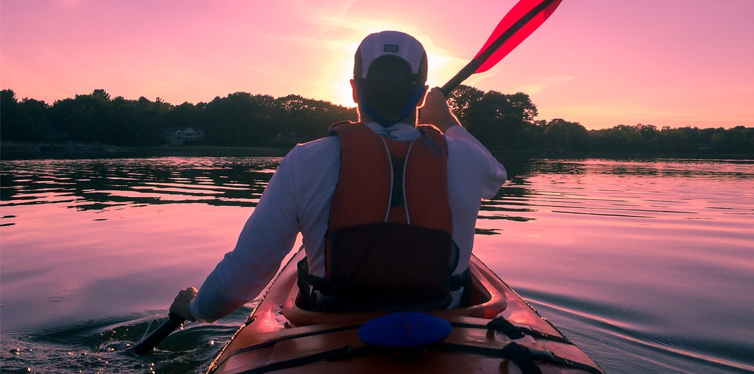
Hull Types And Stability
Many people, especially first-timers, are wary of riding on a kayak because they think they’re going to fall off or tip over. This is where considering the type of hull the kayak has is important. It is what determines how stable a kayak is when in the water. There have been instances wherein a kayak would tip over because the hull type of the kayak did not match the water conditions it was placed in.
There are two primary types of stability: primary and secondary. Primary stability refers to the stability a kayak has when you first step into it. A kayak with more primary stability is less likely to tip over when someone hops onto it. On the other hand, secondary stability refers to the stability of the kayak as you paddle through the water on it.
Flat hulls offer a lot of primary stability. Kayaks with this type of hull are perfect for doing recreational activities in flat waters. Meanwhile, rounded hulls are made for speed and maneuverability. These offer more secondary stability. There are also V-shaped hulls that help the kayak move through a straight line quickly. They may feel wobbly at first, because they don’t have much primary stability, but their high level of secondary stability makes them perfect for long distances.
Pontoon and chine hulls are also options. Kayaks with a pontoon hull are slow, but they offer exceptional stability. They do so by combining the characteristics of flat and rounded hulls. On the other hand, some boats have “chines,” which could be rounder or more angled. If the chine of a kayak is rounder, it has more secondary stability.
Think About The Dimensions
It is also important to evaluate the dimensions of a kayak before getting into one. Take a close look at a kayak’s maximum capacity. Account for the rider’s body weight as well as the gear he or she might be bringing along. The closer you get to the boat’s maximum capacity, the less stable it becomes. Also, consider your kayak’s length. A longer and straighter kayak is built for speed, while a wider kayak is made for stability and ease of turning. Just keep in mind that wider kayaks sacrifice speed for their stability.
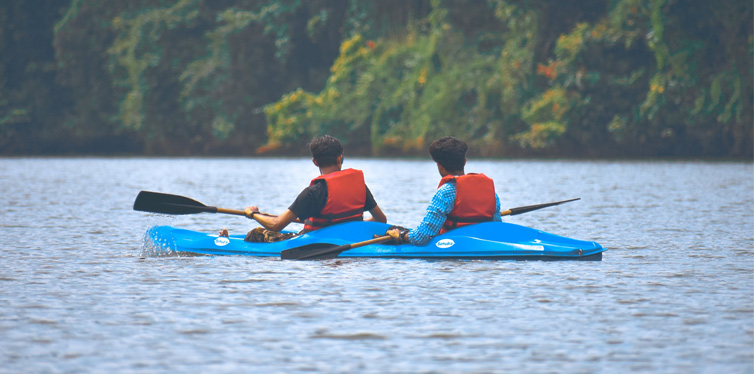
Get Some Good Gear
Once you’ve selected a good kayak, it is also important that you get good accessories to go along with it. For those who plan to use their kayak as a fishing kayak, it may be a good idea to get a rod holder. This locks your fishing rod into place so you have one less thing to worry about as you’re paddling along in the open waters. You could also get a phone mount for your kayak. This helps protect your smartphone from water damage, so you may use it for GPS or entertainment. Carry handles are also helpful. These allow you to get your kayak in and out of the water as fast as possible.
Whether you’re a first-timer or a well-versed rider, getting the right kayak can make a world of difference. When choosing a kayak, think about what you’re going to use it for and where you’re going to use it. Your choice greatly depends upon these two factors. Once you’ve thought of those, you can now consider other things like the dimensions and the shape of the kayak.
Sources:
- How to Choose the Best Kayak for You, Dick’s Sporting Goods
- How to Choose the Right Kayak, Paddling


